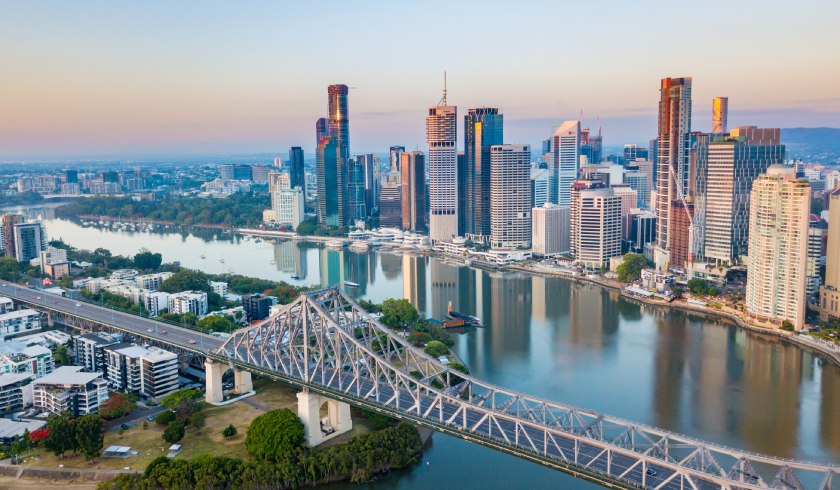How prices fare under a 0.5% rate hike: Brisbane case study
With interest rates increasing off the back of the Reserve Bank of Australia’s decision to up the cash rate 0.5 per cent in June, it’s understandable that mortgage holders might be feeling nervous.

The RBA’s increased cash rate affects not only borrowers’ bottom lines but also impacts the market, and many who bought during the days of record price highs are also beginning to worry that in the worst-case scenario, they may not be able to cash out for the same price they put into a property.
To get a sense of how the market might fare in the period ahead, Dr Diaswati Mardiasmo, PRD’s chief economist, suggests we look at Brisbane’s performance during the last 50 basis points increase.
The last time the RBA increased the cash rate 50 basis points was in February 2000, and while it caused many of the same concerns then as now, Dr Mardiasmo reassured that “[the market] survived. Very much so”.
“The Brisbane LGA median house price was $164,000 in 1999, with a cash rate of 4.75 per cent. It raised to $175,000 in 2000, with a cash rate of 5.75 per cent; and again to $197,000 in 2001, with a cash rate of 5.75 per cent,” she explained.
The next cash rate increase was in May 2006, but only by 25 basis points.
“This time again, Brisbane LGA median house price thrived,” Dr Mardiasmo said.
She explained: “Brisbane median house price was $367,000 in 2005, with a cash rate 5.25 per cent. It raised to $388,175 in 2006, with a cash rate of 5.50 per cent; and increased to $460,000 in 2007, with a cash rate of 6.25 per cent.”
There has been one recent exception to the Sunshine State capital’s price growth in reaction to the RBA’s monetary policy.
Between 2010 and 2011, when the cash rate increased from 3.75 per cent to 4.75 per cent, Brisbane LGA median house prices saw a slight decline, from $545,000 to $520,000. Remaining stable at $520,000 in 2012, prices picked up steam again in 2013, rising to $545,000.
Of course, while historical data can provide valuable insight into current expectations, context is everything, and some of the factors impacting prices have changed.
“It is important to note that the increase in price prior to 2010 cash rate changes was not as steep as now,” Dr Mardiasmo noted.
“And back then we did not have the deep imbalance between demand and supply.”
Even so, she believes this data should provide some peace of mind to current home owners.
“Learning from history, the Brisbane market kept going on a growth trajectory, despite cash rate changes. It certainly survived the February 2000 50 basis points cash rate increase,” she said.
“If we are being cautious, taking in the 2010-2011 experience, we may see a very slight softening in the market, followed by a levelling, before picking up steam again. Which in many ways creates a good balanced opportunity for both buyers and sellers.”

